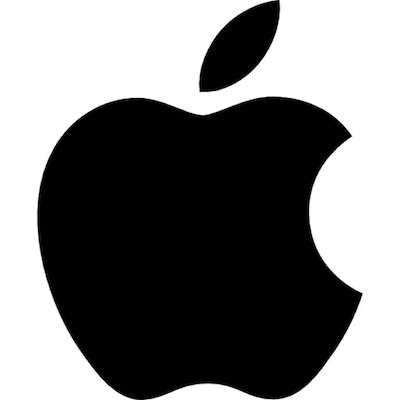The company said it was building a new facility that would double the size of its workforce in the city.
DALLAS, TX(TIP): Apple said on Thursday, December 13, that it would expand its operations in Austin, Tex., with a new $1 billion campus on the north side of the city that would nearly double the size of the company’s current 6,000-employee work force in the area.
The technology giant said it also planned to establish new, 1,000-worker operations in San Diego, Seattle and Culver City, Calif., and to add hundreds of workers in offices in New York, Pittsburgh and Boulder, Colo. over the next three years.
The new 133-acre campus in North Austin will initially employ 5,000 workers in engineering, research and development, operations, finance, sales and customer support. It will ultimately have the capacity to accommodate up to 15,000 workers. Apple said it expected that its expanded presence would make it the area’s largest employer.
“Apple is proud to bring new investment, jobs and opportunity to cities across the United States and to significantly deepen our quarter-century partnership with the city and people of Austin,” Tim Cook, Apple’s chief executive, said in a statement.
Apple had become synonymous with hoarding money overseas after deferring tax payments on its foreign earnings for years. In January, it said that it would increase its spending in the United States substantially after last year’s tax cuts led it to bring back most of the $252 billion it had stashed abroad.
The company said at the time that it planned to invest more than $30 billion in the United States over the next five years and to create 20,000 jobs by expanding its operations and adding a new campus.
President Trump, who had chided Apple over various issues in the past, reacted to the January announcement by praising the company while crediting his own policies for getting it to make the investments.
In September, though, Mr. Trump took aim at Apple over jobs after the company told trade officials in a letter that the administration’s tariffs would affect a wide range of products.
“Make your products in the United States instead of China,” Mr. Trump wrote on Twitter. “Start building new plants now.”
None of the new positions announced by Apple on Thursday appeared to involve manufacturing.
Unlike Amazon, which held a highly publicized yearlong beauty contest before deciding to put major new hubs in New York and Virginia, Apple has been relatively quiet about its expansion plans. But the $5 billion headquarters the company opened in Cupertino, Calif., last year may hint at the effect the new Austin campus will have on the city, Texas’s capital.
Apple has had a mixed year financially. In August, it became the first publicly traded American company worth more than $1 trillion after a series of remarkably profitable quarters. But its stock took a hit in November after the company said it would stop reporting how many iPhones, iPads and Mac computers it sold each quarter, figures central to understanding Apple’s performance.
A slowdown in iPhone sales, which account for nearly 60 percent of Apple’s revenue, has weighed heavily on the company’s share price since then. It has been pulled down further by Mr. Trump’s suggestions last month that tariffs might be placed on Apple devices imported from China.
The smartphone maker is also embroiled in a legal fight in China with Qualcomm, its chip supplier, which resulted in a Chinese court ordering Apple to stop selling older iPhone models in China.
Another complication for Apple is the simmering tensions between China and the United States, which Mr. Cook had previously warned could hurt the company’s business in China. The recent arrest of Meng Wenzhou has added to the strain.
